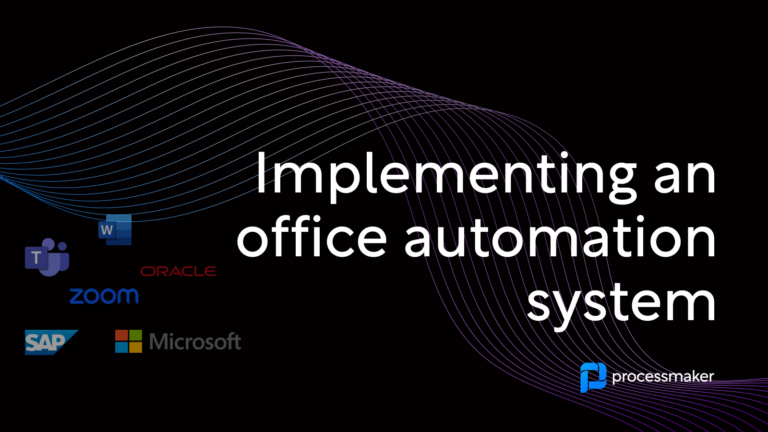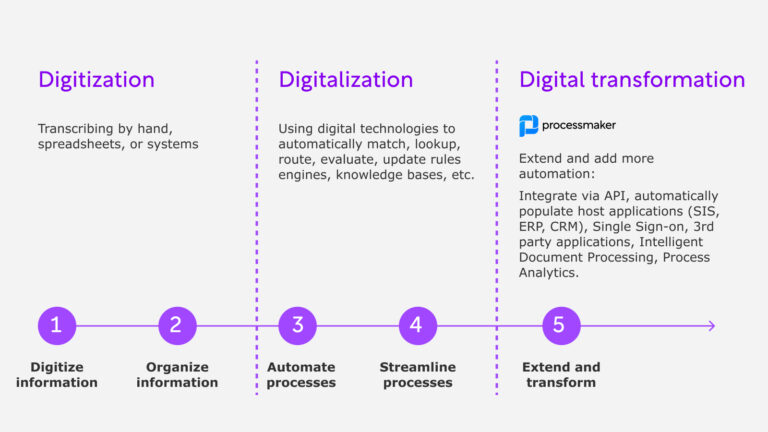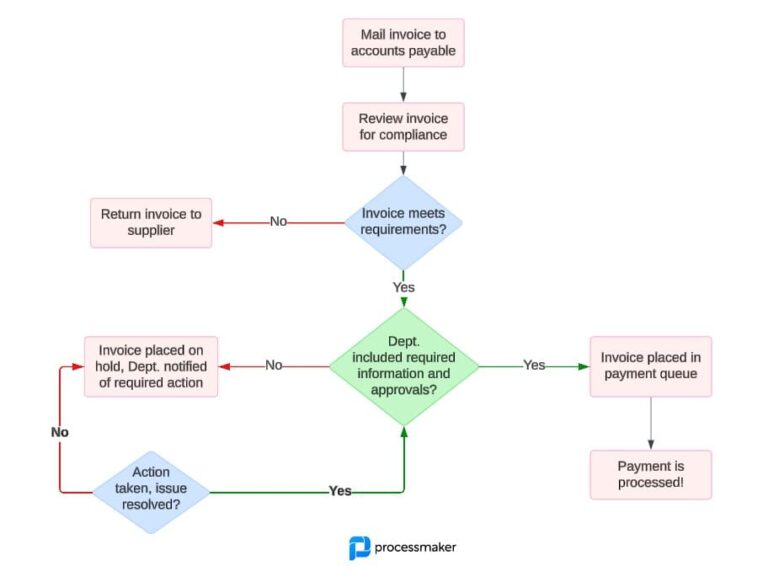What happens when an employee leaves your organization? For many companies, termination procedures are loosely stitched together across email, paper trails, and private conversations.
This isn’t just bad for departing employees. It’s bad for business.
According to research from OneLogin, 20 percent of IT decision-makers said failure to remove ex-employees from corporate networks resulted in a data breach. To prevent lapses and ensure adherence to company policy, organizations must ditch risky manual offboarding practices for automated digital workflows.
Here are four compelling reasons to automate your employee offboarding process:
1. Ensure security and compliance
In an ideal world, an employee offboarding process is a systematic way to manage departures and minimize risk.
In the real world, companies with inconsistent offboarding practices often contend with data security issues as a result. When an organization’s offboarding process is poorly defined, disjointed, or dependent on paper, important termination policies—like deprovisioning accounts—can easily slip through the cracks.
In a survey of 500 IT decision-makers, OneLogin found that 25 percent of respondents take more than one week to deprovision former employees. And another quarter of respondents reported not knowing how long these accounts remain active after an employee leaves.
Whether someone quits or gets fired, organizations must revoke access to all corporate accounts to maintain data security and prevent ex-employees from placing them in a vulnerable position, whether intentionally or inadvertently.
To achieve this at scale, forward-thinking companies use automated workflow solutions that can close user accounts automatically.
2. Remove friction for departing employees
For some departing workers, the offboarding process is employer-centric and lacking in empathy. This is most pronounced with terminated employees, but it can also hold true when people leave on their own terms.
What these organizations don’t realize is proper employee offboarding isn’t purely about minimizing obvious legal risks for the business. It’s also about ensuring employees get what they need—ideally with a personal approach.
At its most basic, this means maintaining consistent communication with departing employees about what to expect.
With the help of workflow automation software, it could also mean:
- Automatically scheduling exit interviews
- Facilitating knowledge transfer
- Enabling employees to digitally submit feedback about their work experience
- Enabling employees to sign and submit severance and other forms electronically
When an organization optimizes the offboarding process in ways that remove friction for employees, it’s better positioned to:
- Leverage feedback to improve the way they do things
- Keep and recover valuable institutional knowledge
- Create a positive final impression that reduces negative word-of-mouth
3. Democratize termination procedures
Digitizing the employee offboarding process is especially beneficial for companies that lack a traditional HR presence, like remote-first companies or organizations with multiple offices.
Without dedicated HR staff on-site to oversee each step of the process, offboarding duties typically fall on either the office manager or the terminating manager—people who usually know much less about termination policies than HR.
Their inexperience often means learning on the fly, and with so many moving pieces, the potential for missteps is high.
An employee offboarding checklist will certainly help, but automating the process from end-to-end will guarantee that anyone at your organization can oversee offboarding with confidence and consistency.
4. Enrich the productivity of HR professionals
Manual offboarding doesn’t just increase the potential for error. It also keeps HR staff buried in paperwork.
Whether or not an organization has an employee offboarding process, a successful strategy typically includes some version of the following activities:
- Deprovisioning employee user accounts
- Drafting, distributing, and collecting signatures on written agreements
- Finalizing severance payments and final paycheck(s)
- Retrieving company-owned property/technology
- Scheduling and/or facilitating exit interviews
For each of these tasks, HR staff that rely on paper must coordinate with stakeholders from various departments—from IT to finance—to push them over the finish line. If communication gaps occur, gaps in the process usually follow.
With the right workflow solution, HR teams can automate tasks, streamline processes, and gain visibility across the entire employee lifecycle.
This visibility enables them to dramatically improve the employee experience even as employees prepare to move on.
More importantly, it empowers HR professionals to make meaningful sense of their work to drive new and strategic initiatives that offer employees—and executives—much needed peace of mind.
Is your offboarding process holding you back?
It’s easy to drop the ball when it comes to providing a consistent offboarding experience. But today’s modern business can’t afford to skimp on goodbyes. With the rise of remote work, organizations with an automated offboarding strategy are in the best position to reduce risk without creating enemies of former employees.
Learn how to automate your offboarding process with ProcessMaker by downloading our whitepaper or registering for a free 7 day trial.





